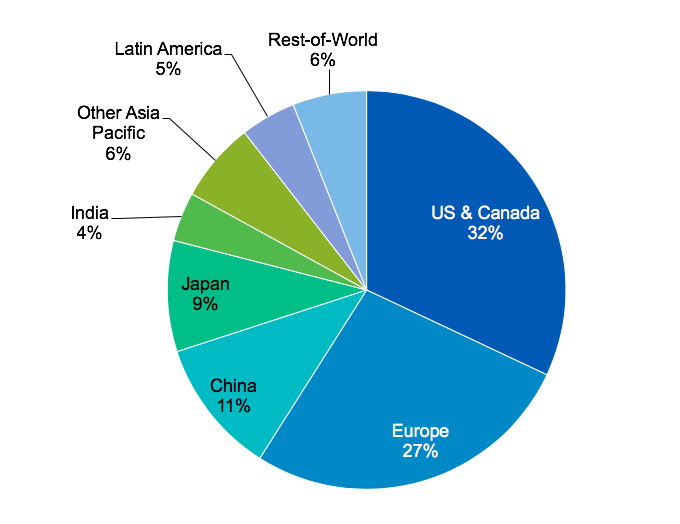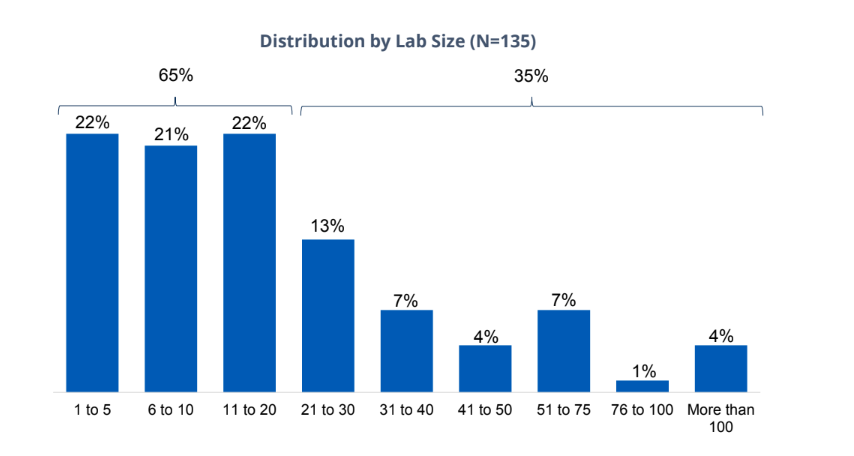Food Testing Compliance – Small Labs Battle With Changing Times
In our previous article, we reviewed some of the most prominent trends within the food applications industry. Our recent report, Testing Before Tasting: Analytical Instrumentation in Food Applications, delves into the market size and growth drivers as well as end-user perspectives of 135 scientists around the world that currently use analytical tools in food safety testing, composition analysis, and other related applications
While our analysts took a look at how life science and analytical tools were aiding and bolstering the need for improved food safety, they also considered how these trends help drive the demand for 12 different types of analytical technologies. Although the overall food testing analytical instrument market was calculated to be $7.7 billion in 2017, we predict it will grow to $10.6 billion in 2022. Based on the aforementioned trends, it’s understandable that the biggest contributors to future market growth will be microbiology and food safety testing, mass spectrometry, and chromatography products. The current market is dominated by North America and Europe, but China and other quickly developing regions will experience significant growth in the next five years as more governmental regulations are brought into law and enforced.

Overall Market Demand by Region, 2017
The wide range of industry testing performed by small, independent laboratories, and the constant battle of lab managers and personnel against rapidly changing government regulations, was a particular theme that stood out to our analysts. Our data shows that almost three-quarters of respondents work in a lab with fewer than 20 employees, and about half of those surveyed rely on in-house personnel to develop food safety plans. Combined with respondents’ cited frustrations on having to keep up with constantly changing laws, and the complex testing often needing to be performed, it’s clear that many labs could be struggling to keep up the fast adaption and adoption rates needed to succeed in such a constantly changing (but vitally important) market. Here, there is an opportunity to provide instruments and tools with increased efficiencies to improve the workflow of these scientists.
Although overall market growth remains very healthy across almost every product type used in this field, suppliers might want to 
Because of this, suppliers looking to increase their revenues among this large percentage of smaller food testing labs may want to perform research on how to effectively price their food analysis-related products and services. Even though funds are limited, the demand is definitely present. Custom research projects utilizing conjoint analysis can be ideal for these types of situations, as it asks potential customers to weigh the benefit of additional features against the inevitable increase in price for a product.
In addition to lab budgets and product purchase planning, our new report also contains detailed market size and growth data for each instrument technology and technique involved in food analysis, along with various segmentations and competitor information. This two-pronged approach to analyzing the market makes for an ideal strategic planning guide for management, product development, and marketing teams looking ahead to 2019.
Click here to download a free report brochure, which contains the Table of Contents and sample data from the report. If you have any specific questions about the report, or our custom primary or secondary research services, please don’t hesitate to contact our team at [email protected] or by phone at 703-778-3080 x19.





